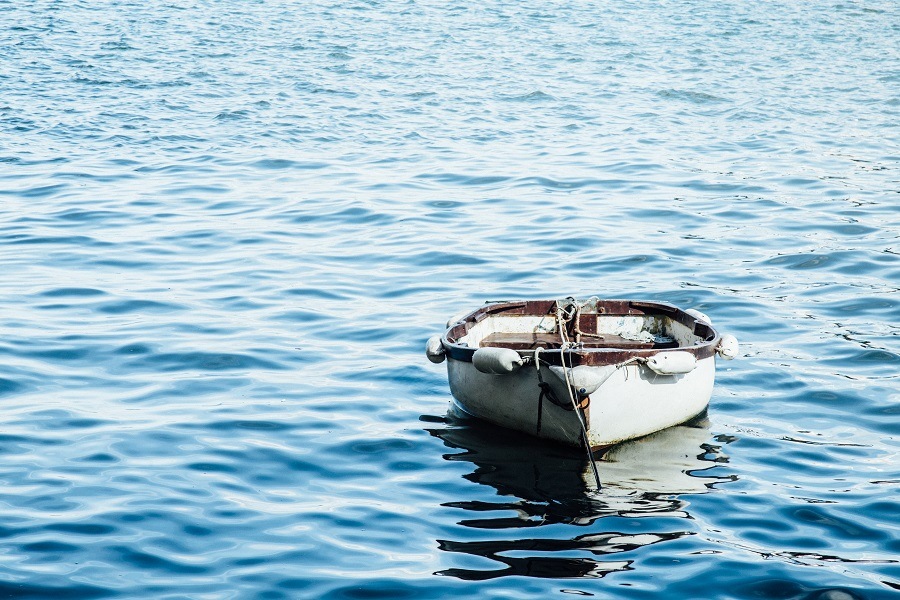Purchasing a boat is quite a commitment that requires plenty of consideration. Before investing all of your savings, it is integral you determine what kind of boat would best suit your preferences. But all the hard work doesn't end there. Boat owners must also pay particular attention to proper cleaning and maintenance.
Regular maintenance will ensure your boat works perfectly for years to come. Here are a couple of boat maintenance tips you should follow:
Wash Your Boat
Similar to any vehicle, you need to clean your boat regularly, especially if you have been sailing in salt water. Make it a point to rinse the boat thoroughly using fresh water to wash away salt residue. Allowing the salt to rest on the boat can cause its material to corrode faster. Salt can also cause damage to the gel coat.

Invest in a soft bristle brush that is ideal for boat cleaning and use it to scrub the boat's exterior gently. Do not scrub too hard or else that could damage the boat. Use quality soap to remove stains. Consider using car wash soap if you have run out of boat cleaners. Some folks also prefer using laundry detergent, though we don't recommend that.
Cleaning The Bottom Of The Boat
Cleaning the bottom of the boat is perhaps the most challenging task because you will have to go underwater. If you are not comfortable with this, ask a professional diver to do it for you. Cleaning the bottom of the boat includes inspecting the running gear and cleaning the rudders and propellers.
Inspect The Propeller
Don't forget to inspect he propellers during your routine check-ups. Discarded items in the water such as fishing lines can get wrapped inside the propeller, affecting mobility. You may use a deep well socket to unhook the propeller and ensure it is clear of such items.
If there is a fishing line, seek help from a professional as you can cause damage to the gear while removing it, which is not a DIY job so be wary and does not try to unwrap the fishing line yourself.

While the propeller is off, look out for dents, nicks or any other sort of damage. A minor dent can also significantly impact the performance of the machine and cause it to burn excessive fuel. Send out the propeller for repair if it seems broken.
A damaged propeller creates excess vibrations and applies added stress on the bearings, resulting in more damage.
To wrap it all up, don't forget to use waterproof grease over the propeller shaft, this will prevent rust and corrosion. Once you have followed these instructions, reinstall the propeller and tighten the nut securely.
Change The Oil
You regularly change the oil in your car, don’t you? Well, now it’s time you start paying attention to your boat too. Stern drive and inboard boats require frequent oil changes. Follow the manufacturer’s instructions to learn how frequently you should change the oil.

While the number of oil changes typically depends on the model and what kind of boat you have, your best bets are on changing the oil after 100 hours of operation.
Changing the boat’s oil is not a very complicated process so you can do it yourself or have it changed by your local dealer. However, ensure you have the right tools for the job.
To get started, you will need an oil wrench, an oil extractor pump to remove oil from the tube and a couple of rags to catch oil drips. To avoid messy oil drips, consider putting an absorbing pad underneath the engine, particular near the oil filter.
Follow these simple steps to change the oil filter:
- Start the engine if your boat is in the water to get it warmed up. If the boat is on the land, supply the water intake in the gear case. Some boats have a special hose you can use for this purpose.
- Switch off the engine after a couple of minutes and separate the dipstick.
- Fit the oil suction tube down the dipstick and apply pressure until it slides down to the bottom and stops. That’s when you should pump out the old oil.
- Use a rag to hold the oil filter and take it out with the help of the wrench. Attach the new oil filter.
- Insert the dipstick and refill new oil into the engine.
Remember, the steps may vary depending on the model or boat you have so read the instruction manual to learn how to change the oil filters.
Be Wary Of Barnacles
Barnacles are crustaceans that can stick to the end of the bottom of the boat. Once these guys have latched on, it will be difficult for you to achieve a smooth surface. Scraping off the exoskeletons is a tedious process, as most of the adhesives will remain on the boat. In this case, prevention is better than cure.

Do not wait for ages to clean it up. Take the time out to clean the bottom of the boat after every few weeks. You will need a sponge to get the job done. Be prepared to do some serious scrubbing. Invest in a good quality sponge to get rid of the underwater stains.
Boat Maintenance Checklist:
So, to sum it all up, use this simple checklist to ensure you have done the job properly:
- Wash the boat regularly
- Clean the bottom of the boat
- Only use cleaners that are suitable to clean boats (or else, you can damage the exterior)
- Change the oil filters
- Inspect the boat for dents and nicks
- Apply waterproof grease on the propellers
- Inspect the propellers
Conclusion
Hopefully, this guide has taught you everything there is to know about proper boat maintenance. Use this handy tips the next time you are cleaning your boat.

